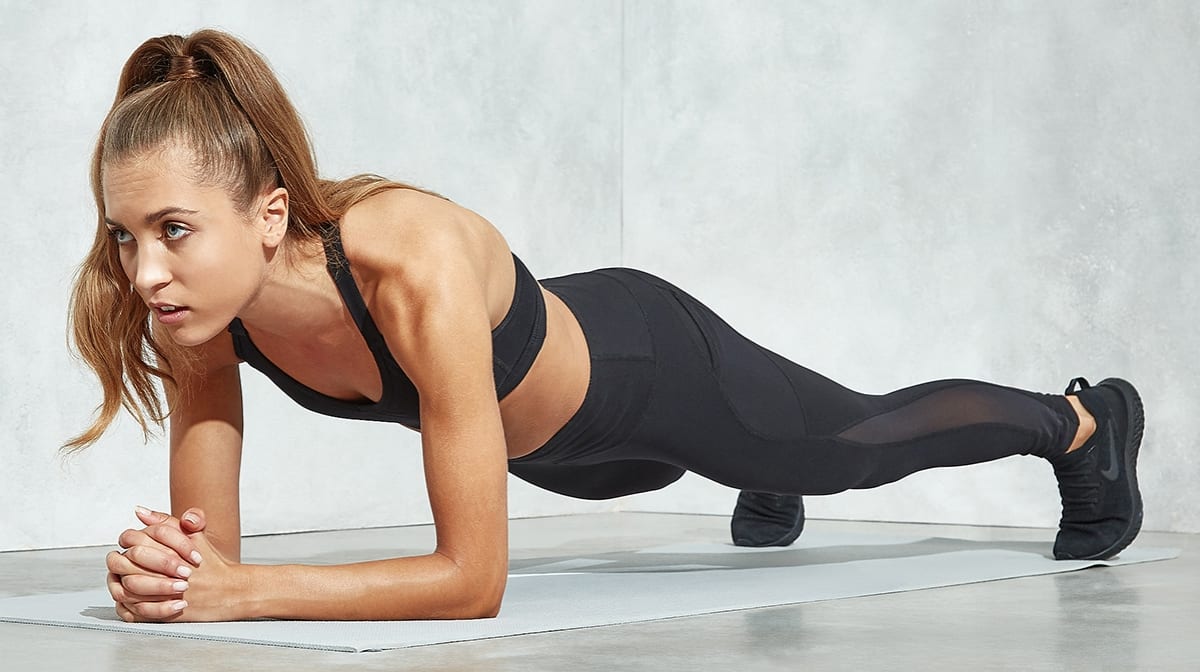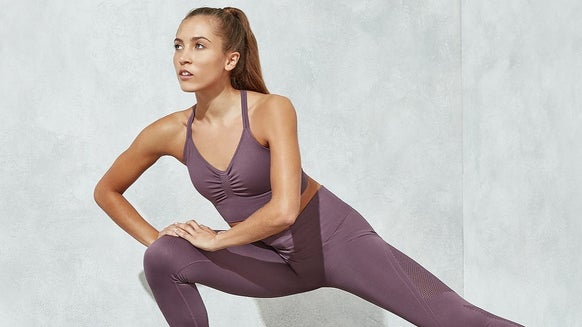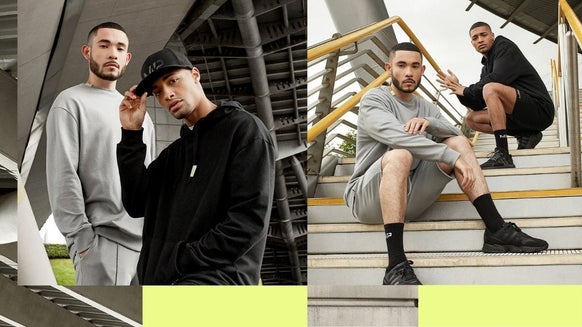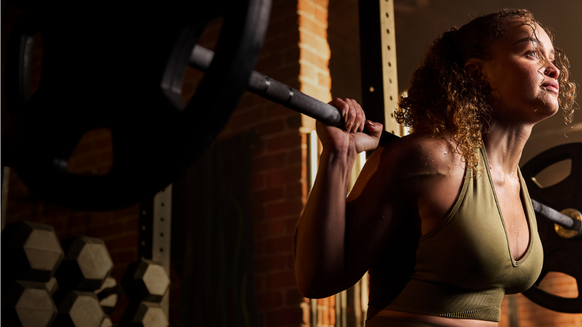
With the posterior chain being so glorified lately in the fitness industry, I feel as if some have forgotten the recognition of the anterior chain. In this article, we'll discuss the differences and how to train both!
What Are These Chains?
The posterior chain is the muscles on your backside; hamstrings, glutes, lats, scapular retractors, and rotator cuff muscles.
That means the anterior chain is the opposite; muscles that are in front of your body! These include the quads, core, and pectoral muscles.
Why Are These Chains Important?
Anatomy is interesting. We have so many different muscle groups that come with their own functions for different purposes. The purpose of the posterior chain is to hold us up and counteract gravity. Our lats, along with our scapular retractors and rotator cuffs, are responsible for our posture. They keep us from completely collapsing forward. The glutes and hamstrings are responsible for holding our bodies up during daily tasks, for example, standing, training, etc. by producing hip extension, abduction, and external rotation.
The anterior chain also plays an important role. Taking the quads, for an example; your quads are important for knee extension and for controlling knee flexion. Most sports are forward dominated such as football, soccer, basketball, and tennis. This means that they all require the ability to frequently change direction. In addition to the anterior chain, a strong core is important for basic stability.
Anterior Chain Exercises
Let's start with the core. In my opinion, the best core exercises for increasing strength are those that require isometric, static holds and stability. Exercises such as the plank, side planks, ab wheel, and stability ball roll-outs. Your core is designed to prevent the spine from going into extension. As for the quads and chest, basic compound strength exercises such as squats and bench presses are enough to balance out against deadlifts and rows.
? Plank
Get into the start of a pushup position, toes and hands placed firmly on the ground. Keeping your core engaged, hold yourself up for 30-45 seconds for beginners. Watch out for your hips dipping down, causing your back to arch downward. A progression for this exercise would be dropping down onto your elbows, as where a regression for this exercise is dropping your knees down. See how long you can hold this plank position for!
? Stability Ball Rollouts
Start off kneeling on a mat (to protect your knees) with your elbows on a stability ball. While keeping your core engaged, begin to roll out forward on your elbows as far as you can control without over arching your back. Roll back into starting position to complete one repetition. This exercise increases strength and stability within your core.
Posterior Chain Exercises
All about the backside: deadlifts, barbell hip thrusts, good mornings, pull throughs, and hamstring curls are just a few exercises that will target the posterior chain. One-legged exercises are good for improved stability, too, along with strength and mobility. The posterior chain and its training is good for increasing deadlift and squat weight, or improving field play (running, jumping, throwing harder).
? Cable Pull Through's
Starting by standing with your back against the cable machine, and using the rope attachment, begin by squatting down to grab the attachment between your legs. Take a couple, controllable, steps forward to increase resistance. Bend your knees and stick out your glutes while keeping your core engaged. As you come up, drive your hips forward and straighten out your legs to put your back into a standing position.
Pause, and squeeze those muscles! Bend back down into the starting position. That’s one repetition. Resist pulling the cable with your arms, as this exercise is used to target primarily your hamstrings and glutes.
? Bulgarian Split-Squats
A one-legged exercise, preferably used with a pair of dumbbells. Hold a dumbbell in each hand with your arms straight beside you. Starting with feet hip-width apart, find your balance, and bring one foot behind you and place it on a step or bench. Begin to lower yourself down, with control, so that your back knee comes within close distance to the floor.
Pause here, and push through the front of your heel to come back up to starting position. This is one repetition. Be sure to repeat however many reps and sets you do on one side, again on the other to prevent muscle imbalances.
Take Home Message
Putting it simply, it’s important to match anterior and posterior movements for optimal performance. Training each chain properly prevents muscle imbalances which can eventually lead to pelvic tilts, or can affect your shoulder stability.










